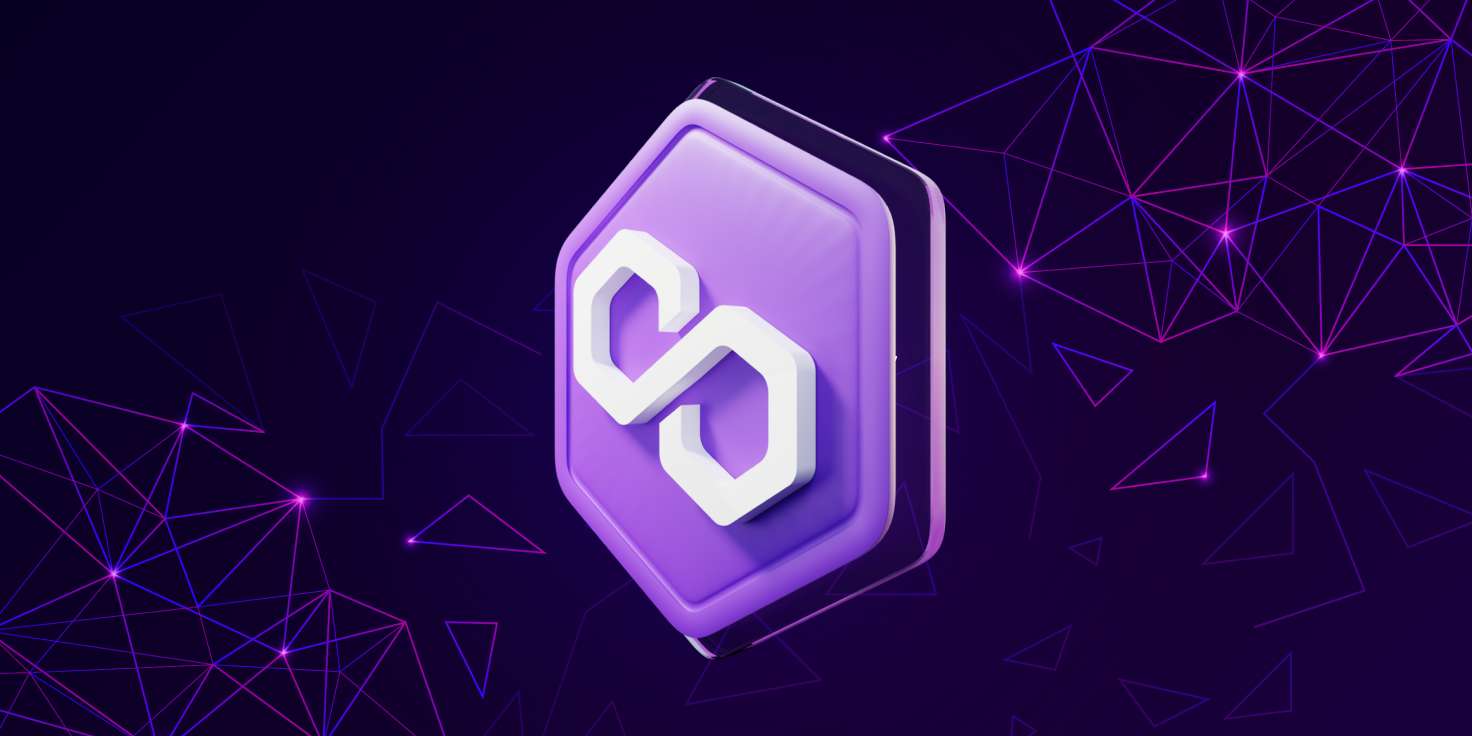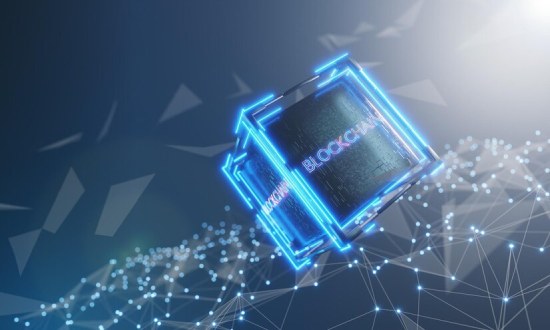Ethereum Settlement Layer
It anchors Polygon’s security. State checkpoints from the platform are periodically submitted to Ethereum, ensuring data integrity and reducing the risk of double-spends.
A Complete Business Guide

It is a blockchain scaling framework designed to enhance Ethereum’s capacity. It provides a multi-chain environment that enables higher throughput and lower transaction costs while remaining EVM compatible. Projects can deploy smart contracts written in Solidity without extensive changes, making migration or expansion straightforward.
The platform accelerated its technology stack by acquiring projects like Hermez and Mir. These integrations advanced the platform’s zero-knowledge (ZK) capabilities, positioning it at the forefront of scalable and secure blockchain infrastructure.
Today, it is a central player in Ethereum’s scaling ecosystem. It is not a standalone blockchain but a framework that extends Ethereum’s reach. With multiple live products and ongoing upgrades, such as the migration from MATIC to POL tokens, It continues to evolve as a modular, interoperable, and cost-efficient layer.
It’s positioning highlights interoperability, modular design, and cost efficiency. These attributes make it relevant for both startups pursuing rapid deployment and enterprises requiring scalable, compliant blockchain infrastructure.
It’s design combines Ethereum security with dedicated scaling layers. Its architecture consists of three essential elements: Ethereum for settlement, Polygon’s consensus layer, and specialized execution environments.
It anchors Polygon’s security. State checkpoints from the platform are periodically submitted to Ethereum, ensuring data integrity and reducing the risk of double-spends.
The network employs a Proof-of-Stake (PoS) mechanism, where validators stake tokens, propose blocks, and confirm transactions. This model enables faster finality compared to Ethereum’s base layer.
They include the Polygon PoS chain, zkEVM rollups, and other modules. These environments handle transactions and smart contracts, offering flexibility depending on project requirements.
It’s zkEVM allows developers to use standard Ethereum tooling while benefiting from rollup compression. Bridges connect assets and liquidity between Ethereum and Polygon seamlessly.
This layered approach balances scalability with security. Enterprises and developers can select modules based on their transaction volume, security tolerance, and governance preferences.
The blockchain network’s ecosystem features modular components that form its backbone:
Zero-knowledge rollups combine EVM compatibility with cryptographic proofs, reducing costs and boosting throughput.
A widely adopted chain offering faster blocks and lower fees, secured by validators.
PoS and Plasma bridges link Ethereum with the platform, enabling asset transfers.
Frameworks for building customized blockchains or sidechains tailored to enterprise use.
RPC endpoints, block explorers, indexers, analytics platforms, and oracle integrations that support development and monitoring.
These components allow organizations to construct anything from simple dApps to industry-specific networks without abandoning Ethereum’s ecosystem.
The platform delivers several advantages for businesses evaluating blockchain deployment.
It supports thousands of transactions per second, significantly higher than Ethereum’s mainnet. This scalability enables applications with high transaction volumes, such as gaming or micro-payments.
Transaction fees are a fraction of Ethereum L1 costs. For enterprises or platforms requiring millions of interactions, predictable low fees reduce operational expenses.
Developers can reuse existing Solidity contracts, libraries, and developer tools. Token standards like ERC-20 and ERC-721 operate seamlessly on Polygon.
Checkpoints to Ethereum add a layer of settlement assurance, while validator staking ensures economic security.
Teams can deploy sidechains, zk rollups, or custom networks depending on project needs. This modularity helps balance performance and governance flexibility.
It hosts a thriving network of DeFi protocols, NFT marketplaces, and gaming projects. Builders can tap into existing liquidity, communities, and partnerships.
Permissioned variants of it’s frameworks support compliance, audits, and integration with off-chain enterprise systems, making it suitable for regulated sectors.
Every blockchain introduces constraints, and the network is no exception. A realistic view builds trust.
Remain significant. Smart contract vulnerabilities, delays in finality, and liquidity fragmentation affect cross-chain operations.
Has been criticized. A relatively small number of validators handle consensus, which raises decentralization concerns. Past governance votes highlighted limited participation.
Trade-offs exist. Higher throughput may come at the cost of reduced decentralization or increased reliance on checkpoints.
Such as zkEVM are promising but still maturing. Enterprises must prepare for continuous upgrades and evolving standards.
Can be higher than expected. Running validators, monitoring infrastructure, and maintaining audits incur costs for enterprise deployments.
Persist, as regulatory frameworks for tokens and on-chain governance vary by jurisdiction. Privacy requirements may necessitate hybrid architectures.
Polygon offers lower fees and faster throughput. Ethereum remains more decentralized and secure, but impractical for high-volume consumer apps.
Arbitrum and Optimism deliver optimistic rollups with strong adoption. zkSync and Starknet emphasize advanced ZK technology. The blockchain network differentiates itself with its multi-pronged approach: PoS, zkEVM, and modular SDKs.
Solana, Avalanche, and BNB Chain offer high throughput or alternative consensus. However, building on them may require new tooling and reduced compatibility with Ethereum’s ecosystem.
The blockchain platform suits projects needing Ethereum alignment with low fees and scalable infrastructure. Alternatives may fit when ultra-low latency, unique consensus, or isolation from Ethereum is essential.
It’s ecosystem has grown rapidly. It hosts hundreds of DeFi protocols, NFT projects, and gaming platforms. Liquidity flows through major apps like Aave, Uniswap, and OpenSea, deployed on the network to lower transaction costs for users.
Developer tooling is mature, supported by SDKs, RPC providers, explorers, and analytics dashboards. Enterprises benefit from grants, hackathons, and partnerships orchestrated by Polygon Labs.
Community engagement remains strong, with active governance forums and collaborative programs to attract global participation.
Lending, borrowing, yield farming, and stablecoin payments thrive due to low fees and faster finality. Cross-chain liquidity protocols benefit from Ethereum interoperability.
Artists and platforms mint tokens at low cost, enabling affordable digital ownership and vibrant secondary markets.
The network supports in-game economies, tokenized items, and virtual land with cost-effective transactions, making it attractive for play-to-earn and metaverse projects.
Real estate, commodities, and art can be fractionalized on the network. Its lower transaction fees encourage micro-ownership and global participation.
Verifiable credentials and self-sovereign identity frameworks find utility in education, hiring, and compliance. The platform enables tamper-proof attestations.
Enterprises can build transparent supply chains by linking IoT data with the network, ensuring traceability and provenance of goods.
Consortiums leverage its SDK or Edge to create permissioned chains, supporting inter-company settlement and compliance.
The platform provides governance frameworks for decentralized organizations, enabling treasury management, voting, and proposal systems at scale.
Select between the PoS chain, zkEVM rollups, or hybrid deployments. Each option has trade-offs in cost, security, and latency.
Port existing contracts from Ethereum or optimize for its environment. Test extensively and plan for upgrades or rollbacks.
Map out asset flows between Ethereum and Polygon. Anticipate liquidity needs and plan around bridge latency.
Set up reliable nodes, RPC access, monitoring, and backups. Disaster recovery plans are essential for enterprise systems.
Estimate gas under projected load. Infrastructure costs scale with redundancy and monitoring requirements.
Decide which data to keep on-chain versus off-chain. Privacy regulations may demand additional design steps.
When evaluating the network, decision makers should ask:
Common questions and answers, their implementation, and practical considerations for businesses and developers.

By using this site, you allow our use of cookies. For more information on the cookies we use and how to delete or block them, please read our cookie notice.
We would love to
hear from you!


Innovate with confidence!


